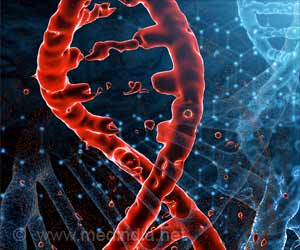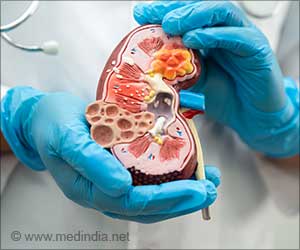Histone deacetylase inhibitors prevent MEK inhibitor resistance and enhance MEK anti-tumor properties in uveal melanoma.

‘Combination of panobinostat with MEK inhibitor trametinib could be soon an effective treatment option for treating uveal melanoma cancer among humans.’
Read More..




The MAPK protein signaling pathway is commonly deregulated in melanoma of the skin and uveal melanoma. Drugs that target a protein called MEK, which is involved in the MAPK signaling pathway, have significantly improved the outcomes of patients with melanoma of the skin. However, a recent phase 3 clinical trial in uveal melanoma revealed that patients treated with a MEK inhibitor plus chemotherapy had no improvement in survival over those patients treated with chemotherapy alone. Read More..
Many patients with uveal melanoma quickly develop resistance to MEK inhibitors. Moffitt researchers, in collaboration with scientists from the UF Health Cancer Center and Sylvester Comprehensive Cancer Center, wanted to determine how this resistance develops and identify additional drugs that could be used in combination with MEK inhibitors to target uveal melanoma cells for destruction.
The researcher team performed laboratory experiments with uveal melanoma cell lines and discovered that MEK inhibitors blocked their growth; however, this inhibition was short-lived and eventually the cell lines developed resistance and continued to grow. The researchers used proteomics analysis to determine which signaling pathways were activated during MEK inhibitor resistance.
"We identified a number of putative escape pathways that were upregulated following MEK inhibition, including the PI3K/AKT pathway, ROR1/2 and IGF-1R signaling," explained Keiran Smalley, PhD, director of Moffitt's Donald A. Adam Melanoma and Skin Cancer Center of Excellence. They also discovered that signaling through the YAP protein contributed to MEK inhibitor resistance.
Since there are no known drugs that are able to target both AKT and YAP signaling, the researchers performed a drug screen of 289 compounds to identify those that could limit escape from MEK inhibition. The drug type with the biggest impact across four different uveal melanoma cell lines were histone deacetylase (HDAC) inhibitors. HDACs regulate the expression level of many genes involved in cancer development, and several HDAC inhibitors are currently approved to treat different types of cancer.
Advertisement
They hope that the preclinical findings will lead to the initiation of clinical trials in uveal melanoma patients. "Our finding that a clinically approved pan-HDAC inhibitor was effective at simultaneously limiting YAP and AKT signaling in uveal melanoma cells suggests this could be a good candidate for future clinical development," explained Smalley.
Advertisement
Source-Eurekalert










